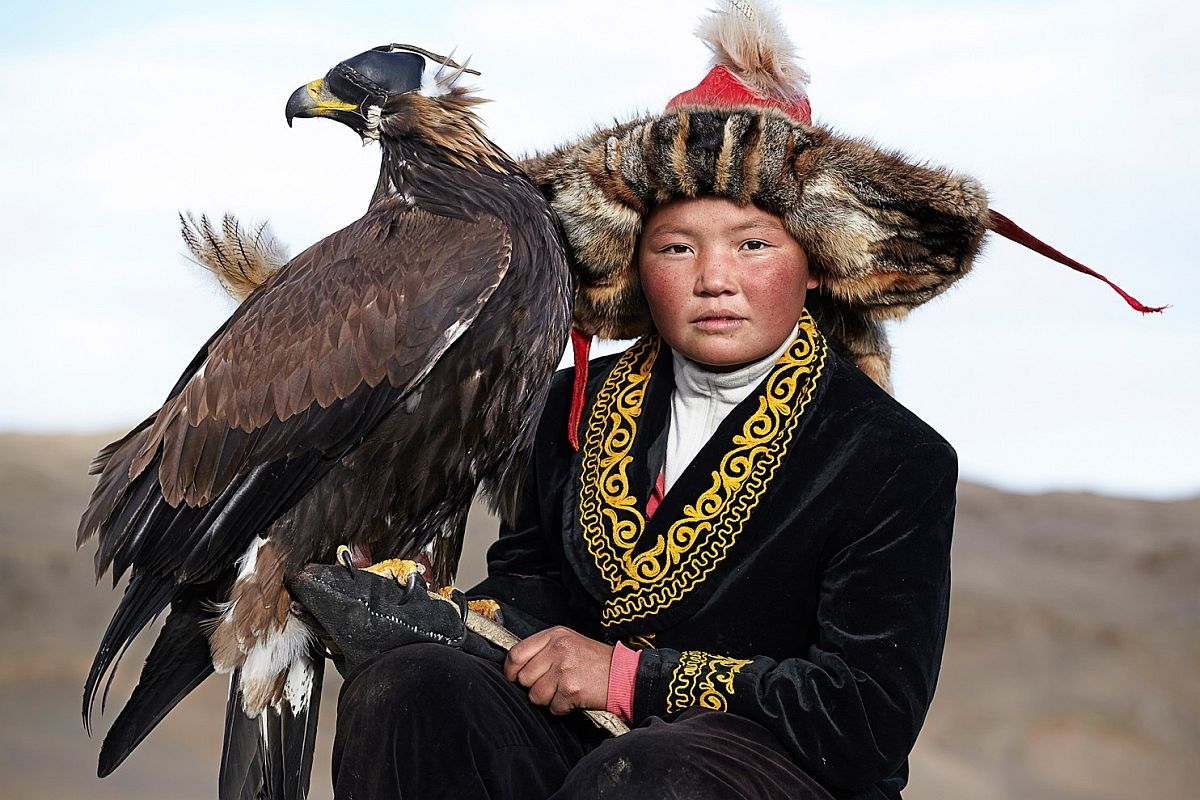The Moscow Canal was built to connect the Moscow River with the Volga River. In the 1930s it helped to deal with the shortage of water in Moscow. Now it delivers more than 60 percent of the drinking and industrial water to the city of Moscow. During the Second World War, when the Nazis came close to the canal, water was flushed through the dam and locks were blown up by Soviet soldiers to stop the passage of the Germans. The canal (128 km in length) was constructed from 1932 to 1937 by GULAG prisoners. During the process, more than 23,000 prisoners died.
This short biography of the river echoes the history of Moscow and the whole nation: sprawling geography and imperial ambitions, an overpopulated city, the scars of war and a tragic heritage of repression. I repeated the way of the Volga – from Dubna, through the locks, bridges and reservoirs to the Moscow River in Strogino, to fix the flow of the river and history. In the wake of the northern spring, life by the water is quiet. Time passes like the flow of the river. I’m trying to make ripples on the surface of water.
Olya Ivanova was born in 1981 in Moscow, Russia. Works as freelance photojournalist worldwide. Her works are in museums and private collections.
Website: www.olyaivanova.com

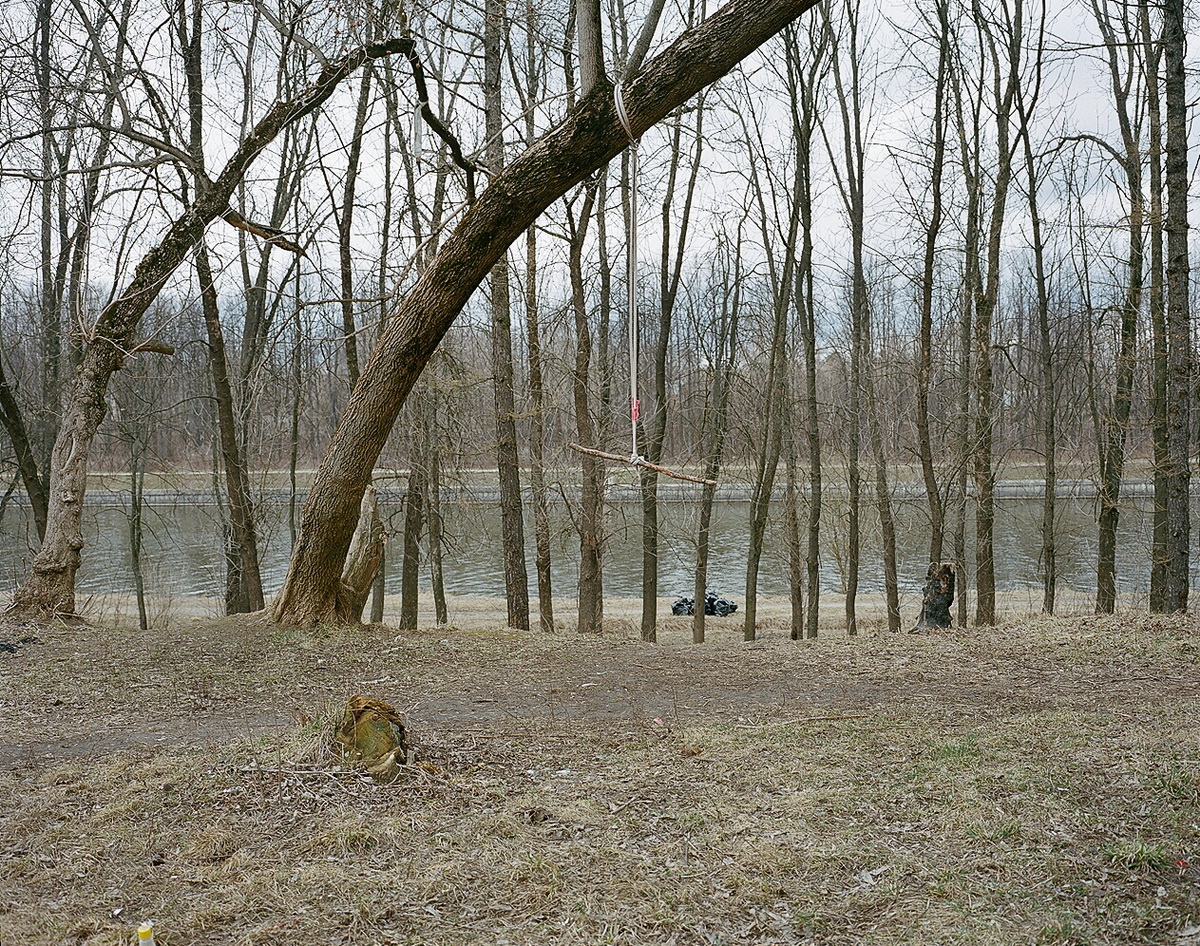


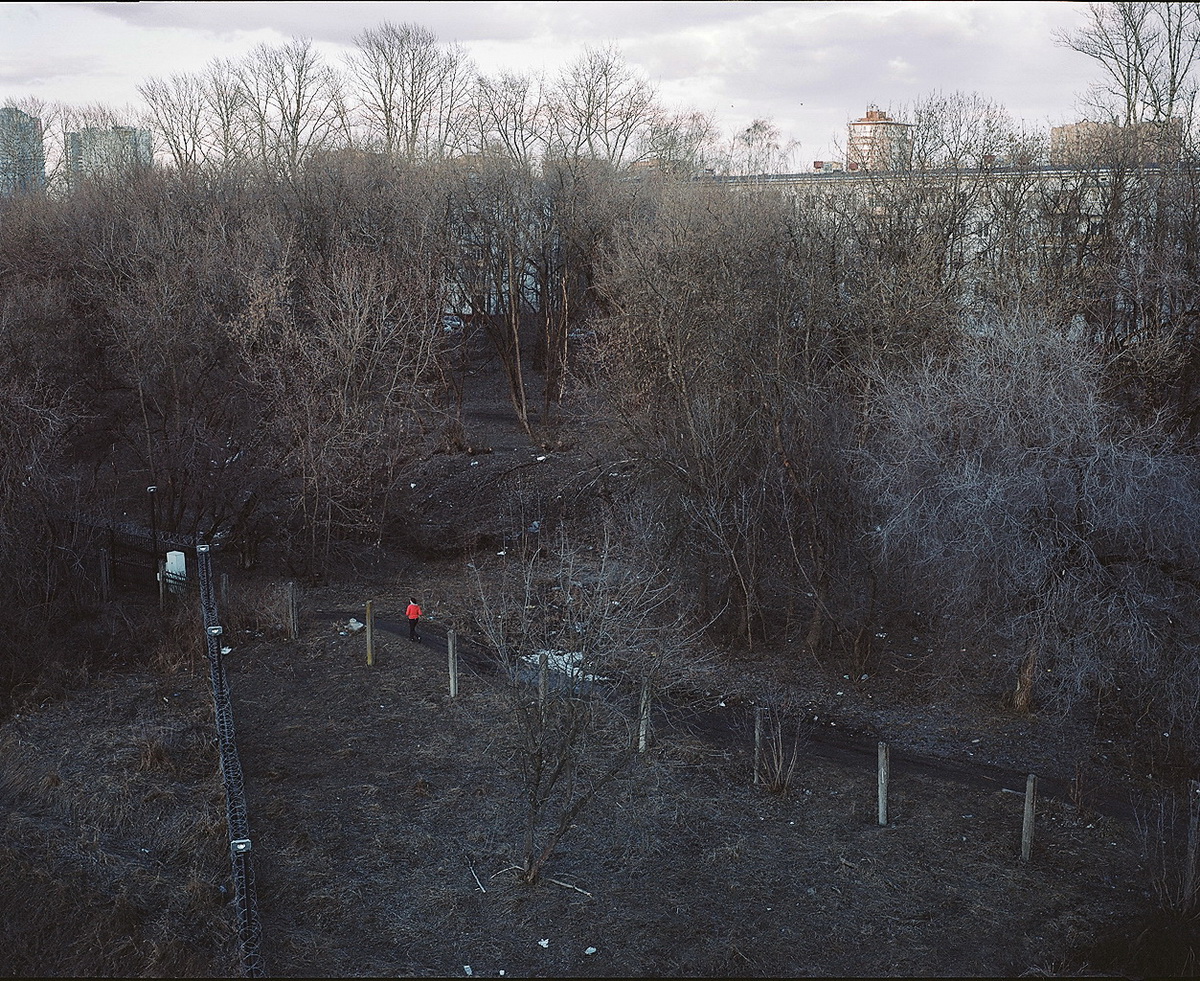
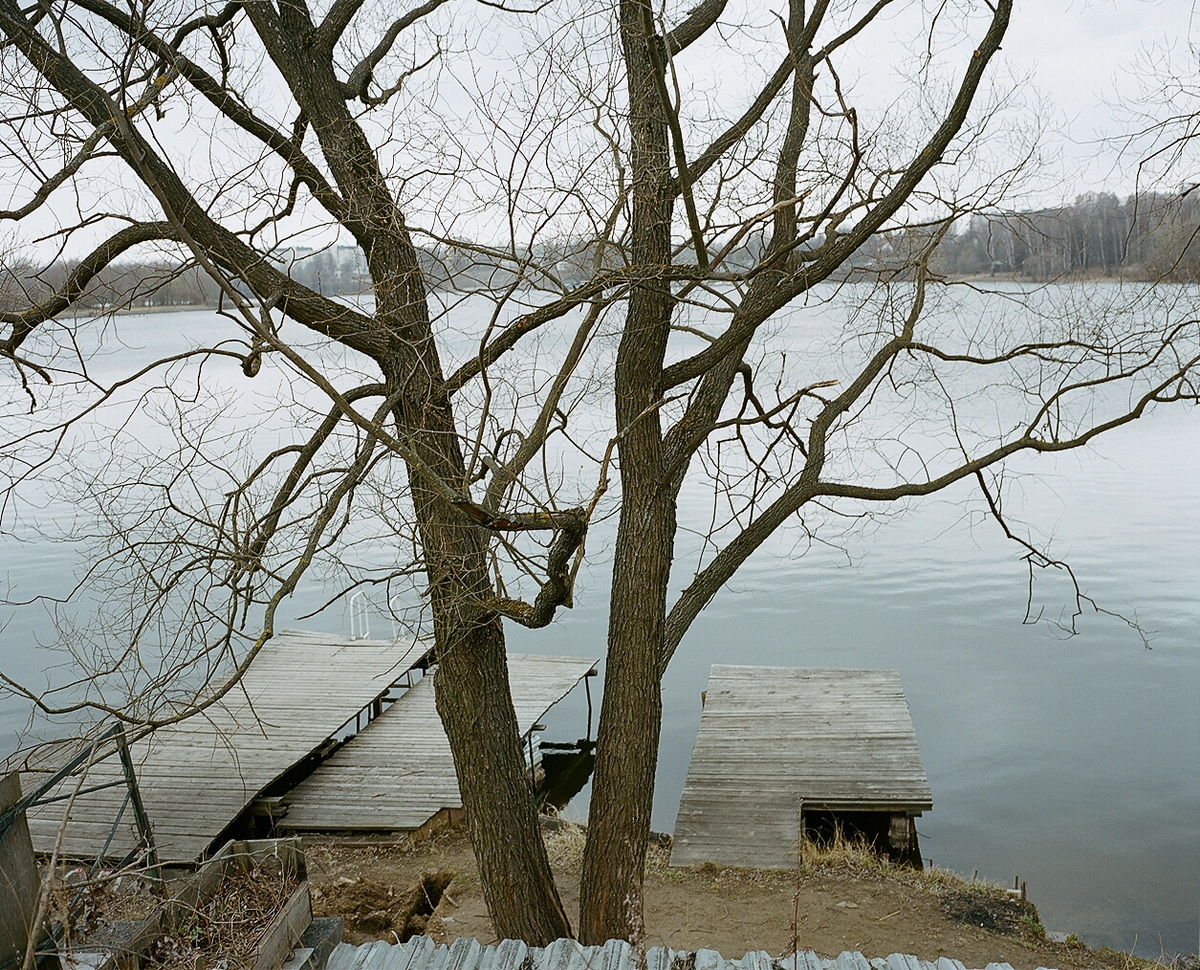







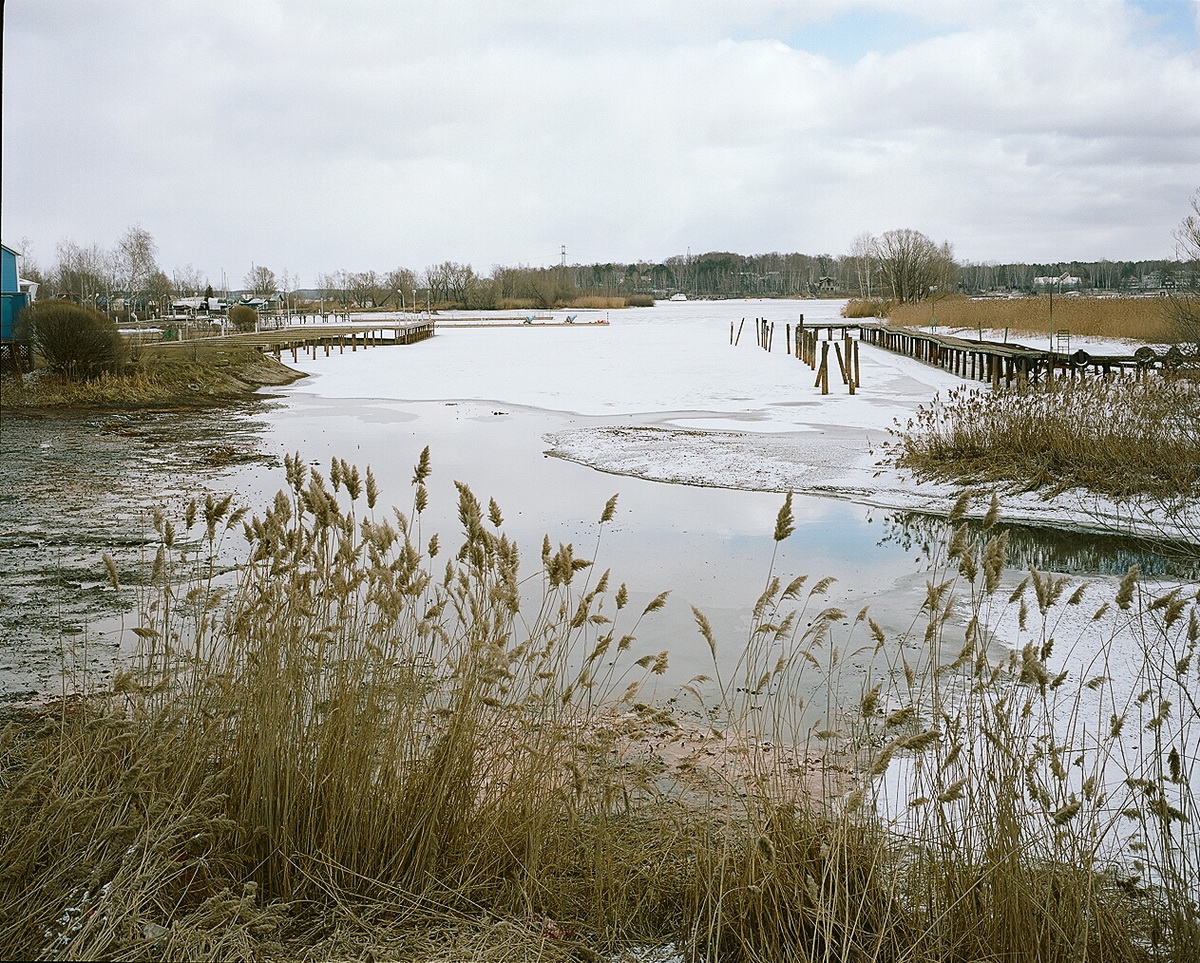
via: Submissions



